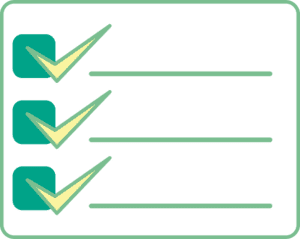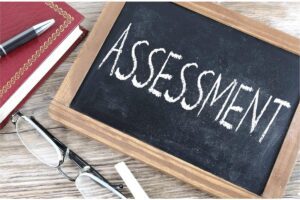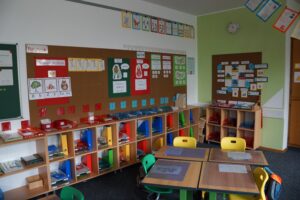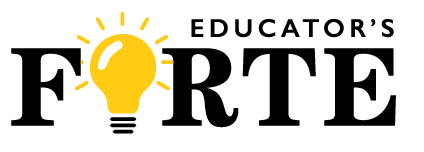While teachers recognize the value of differentiating instruction, there are common challenges they may face when implementing this approach. In this article we’ll look at four common challenges to differentiating instruction and share some ideas for overcoming those challenges.
Time Constraints and Planning
![]()
One major challenge for teachers is how to differentiate instruction without overwhelming themselves with excessive planning or consuming too much instructional time. It can be challenging to balance the demands of individualizing instruction while still covering the required curriculum. However, finding efficient ways to plan and implement differentiated activities and assessments is crucial.
One way to overcome the time constraints and planning is to prioritize essential content. Determine the core concepts and skills that all students must master and allocate sufficient time for their . This will allow you to be sure students grasp the core concepts and skills while still giving you the time to plan for differentiated instruction.
Also, you can use pre-existing resource. Don’t reinvent the wheel. Collaborate with colleagues, use instructional strategies found in your core curriculum, in online platforms, or in other educational resources to see what is already out there. Using high-quality, readily available lesson plans and strategies as opposed to creating all your own can save valuable time.
Identifying Appropriate Strategies

Determining the most effective strategies to differentiate instruction for various student needs can be challenging. Teachers may struggle with selecting appropriate resources, activities, or grouping methods that align with individual learning styles and abilities. The wide range of strategies available and the need to address diverse learning profiles can be overwhelming.
One way to make the task of planning for differentiation easier is creating a differentiation menu. As you are looking for resources, take note of various strategies, resources, and activities that you can use regularly to differentiate. Take notes on what works with your students, so you can streamline the process.
Once you have a menu of varied differentiation techniques, you can use tools like exit tickets, quick checks for understanding, and short quizzes that can help you quickly identify the areas of need for individual students. With that information, you can quickly go to your differentiation menu and find appropriate strategies for individual students.
Assessing and Tracking Progress

Another common challenge lies in effectively assessing and tracking student progress in a differentiated classroom. Differentiated instruction often requires differentiated assessment strategies. Consider varied assessment formats such as written assignments, oral presentations, projects, demonstrations, or digital portfolios. Having differentiated forms of assessment allows students to demonstrate their understanding in ways that align with their strengths and learning preferences.
Teachers may question how to evaluate student understanding, measure growth, and ensure equitable grading practices when students are engaging in different tasks or activities. To ensure assessment validity and equity in grading practices, set clear success criteria then use rubrics, checklists, or proficiency scales to provide hallmarks for learning mastery and ensure consistent and equitable grading practices.
Managing Classroom Logistics

Managing a differentiated classroom can pose logistical challenges, such as organizing materials, coordinating student groups, and monitoring progress effectively. Teachers may find it challenging to juggle multiple activities and provide adequate support to all students, particularly when working with large class sizes or limited resources.
- Organize Materials and Resources
- Create a system such as clearly labeled folders, bins, or digital platforms to store and organize materials based on readiness levels, learning styles, or specific needs.
- Establish Clear Procedures and Routines
- Set these procedures and routines up at the beginning of the year. Practice them to ensure smooth transitions and to minimize disruptions.
- Use Technology
- Leverage your school’s learning management system (Google Classroom or Schoology, etc.) to organize and distribute differentiated assignments or resources digitally.
Remember, differentiation is a process that evolves over time. Continuously reflect on your practices, seek feedback from students and colleagues, and embrace a growth mindset to overcome challenges and refine your approach to differentiated instruction.
